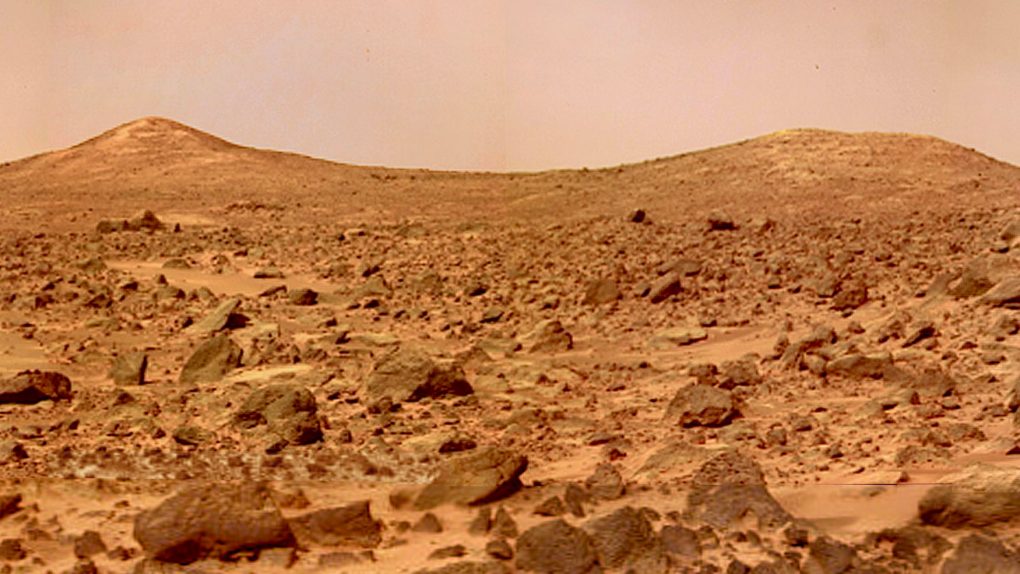- NASA’s Perseverance rover and China’s own orbiter/rover combo are expected to arrive at Mars in a matter of days.
- A third Mars mission, the Hope mission from the United Arab Emirates, hasn’t gotten nearly as much attention, but that doesn’t mean it’s any less important.
- Hope is the first interplanetary mission to be launched by the UAE, and the massive spacecraft will be studying the Martian atmosphere.
The astronomy community is closely watching their news feeds as NASA’s Perseverance rover mission nears its destination of Mars. At the same time, China’s Tianwen-1 spacecraft is on track for arrival at Mars this month as well, and it’ll enter orbit around the Red Planet and remain there for a few months before deploying its rover.
Needless to say, there’s a lot on the line for both of these missions, but believe it or not, China and the USA aren’t the only two nations expecting to make it to Mars this month. The United Arab Emirates has also spent the last seven months waiting for its spacecraft called Hope to complete the long journey from Earth to Mars. Now, with less than 24 hours until arrival, the mission is about to hit the biggest milestone of all.
The Hope mission may not have gotten the kind of coverage it deserves, due in large part to it being overshadowed by rover missions from NASA and China, but Hope is no small potatoes. The Hope spacecraft is absolutely massive, and in a new NPR report, it’s described as the size of an SUV. That’s a beefy orbiter, and it’s packed with instruments that could teach scientists back on Earth a lot about the Martian atmosphere, or lack thereof.
For starters, the spacecraft is equipped with a high-resolution camera capable of capturing images in three different UV bands and three bands of visible light, offering the best possible images of Mars from above. This camera, combined with the spacecraft’s other two high-powered instruments — an infrared spectrometer and an ultraviolet spectrometer — will help to reveal the various ingredients of Mars’ thin atmosphere.
The mission is almost entirely focused on studying the atmosphere of Mars, which is something that scientists believe needs to be studied in greater detail. There’s still a lot we don’t know about the history of Mars, but understanding its atmosphere today may allow us to better estimate what the planet’s atmosphere used to be like, and that information could provide clues as to what the planet’s surface was like.
Earth has had the benefit of a thick, robust atmosphere for a long, long time. It’s that atmosphere and the magnetosphere that protects it from degradation that is the reason we’re all here today. If Mars was once habitable, or if it had flowing water on its surface, it would have needed an atmosphere a bit more like Earth’s. Hope could provide the data we need to turn back time and better understand what Mars used to be like.








